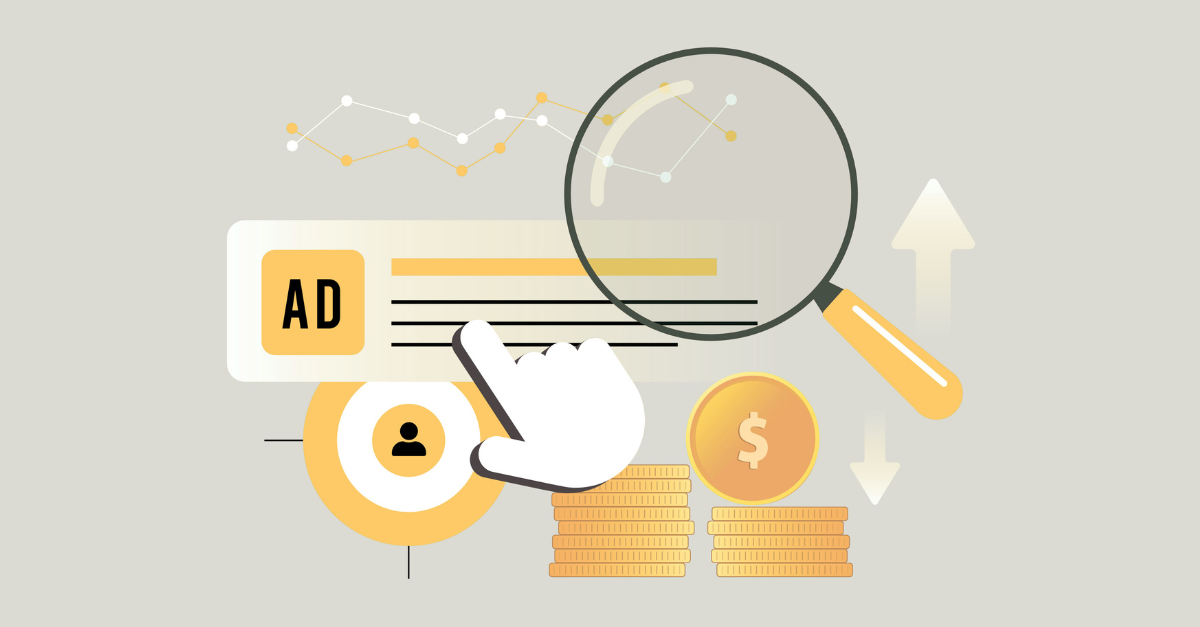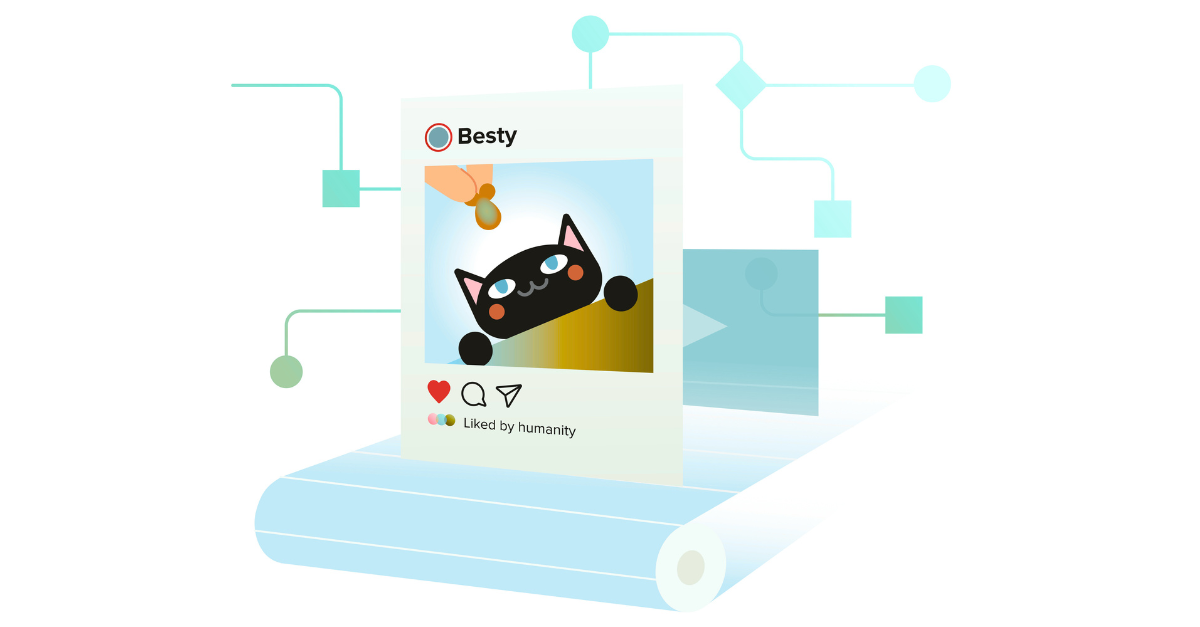Facebook is for B2C and LinkedIn is for B2B—end of story, right?
Well, not exactly.
Social media marketing has a complicated history with digital marketers. We’ve been working under a series of assumptions about what we should do and where we fit, depending on our B2B or B2C label. We began to believe that B2B marketers should dump all of their resources into LinkedIn. We demanded that B2C marketers live exclusively on Facebook and Instagram. We flooded feeds with clever puns and pretty pictures, and we forgot something—at the end of the day, despite our labels, marketers all want the same thing: conversions.
Social media marketing is about connecting your brand to your people and ultimately getting them to convert into a paying customer, and that’s true whether your bread and butter is B2B or B2C. How you build that connection, however, starts with one big question: What do you want them to do with your message?
Thinking about Social in Terms of Objective
Rather than thinking about messages or strategies in terms of B2B or B2C, try thinking instead about what action you want your ideal person to take. Is it:
- Feel good about your brand?
- Learn more about the problem you’re solving?
- Buy something from you right now?
- Buy something from you later?
- Tell you how they feel about your brand?
- Something else altogether?
The answer to this question can’t be “become a lead” or “like my post.” Train yourself to start thinking in terms of specific objectives, and then build your ROIs from there. If, for example, you just want your audience to feel good about your brand, you may want to track how many of them “felt good about your brand” in terms of clicks, likes, and impressions. If your goal is to drive more prospects into your funnel, you might track actual downloads. And if you’re going for the tangible sale, you’re going for dollars produced to dollars spent.
The trick of objectives is that they should be unique to your brand and your campaign.
Picking Platforms
Regardless of your label, start with your target audience in mind. General guidance on social strategy dictates that B2B should look to platforms like LinkedIn, whereas B2C gets their pick of the social channel. While that’s generally a good place to start, you’ll want to think about your unique audience as you build out how you’re going to meet your objectives. Ask yourself:
- Where is my audience spending the most time?
- What’s my audience doing when they get there?
- Am I adding value to that experience or getting in the way?
For example, if you’re marketing laundry soap, you may very well find your target audience on LinkedIn. What you may also find is that they aren’t interested in learning more about cleaning clothes while they’re trying to network. Similarly, your target audience might find your ad about cyber security insurance to be invasive on their Facebook feed at 8 p.m. when they’re just trying to see pictures of their friends’ babies.
That’s not to say you can’t push the envelope now and then. You may find that your Piles-o-Cash Snapchat filter performs quite well to promote your bank’s new checking options. Or your laundry spot-cleaner might do well on LinkedIn if you target traveling professionals. Stick to your objectives—and be helpful.
Are You Useful or in the Way?
People follow brands because they are interested in what the brand has to say—which means the burden is on you to be interesting. Focus on creating content that is relevant and valuable to a specific industry or target audience that you want to talk to. One of the best starting places? Problems. Specifically, what problem do they have and how are you solving it? Get detailed. Give specifics. Focus more on helping them than on your brand and its benefits—bring them in at their own pace rather than yours.
Finding Who You Want
This is where ads come in. Facebook and LinkedIn have robust advertising platforms that allow you to find new audiences based on specific demographics. It’s a little easier to find business audiences on LinkedIn (unsurprisingly), and Facebook is better at “lookalike” audiences to—you guessed it—find people like the people who are already engaged with you.
If you’re ready to advertise, be sure you hammer out what success looks like before you ever launch an ad—social media advertising isn’t as expensive as traditional advertising, but you can still waste valuable marketing budget on ads with no purpose. Know what you want ad conversions to do once they click, and then know how you want to treat them—not everyone who clicks on your ad is ready to buy!
People don’t join social media to consume your brand’s messaging, so don’t get caught up in B2B or B2C social media strategy—instead, think like your audience and focus your efforts around being useful, not intrusive.
Have questions about implementing social media strategy for your brand? Ask us a question in the comments, or send us an email to get started.



